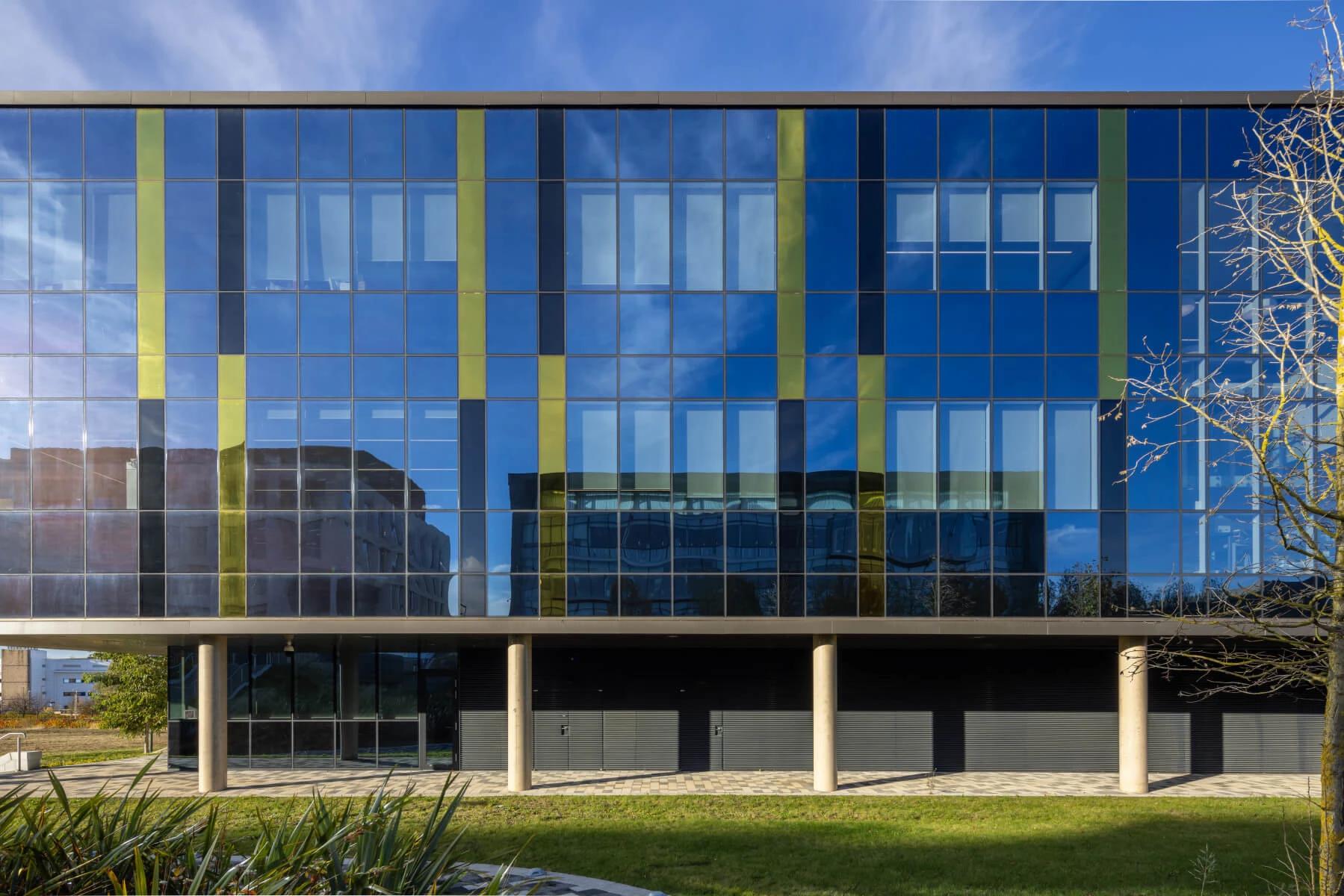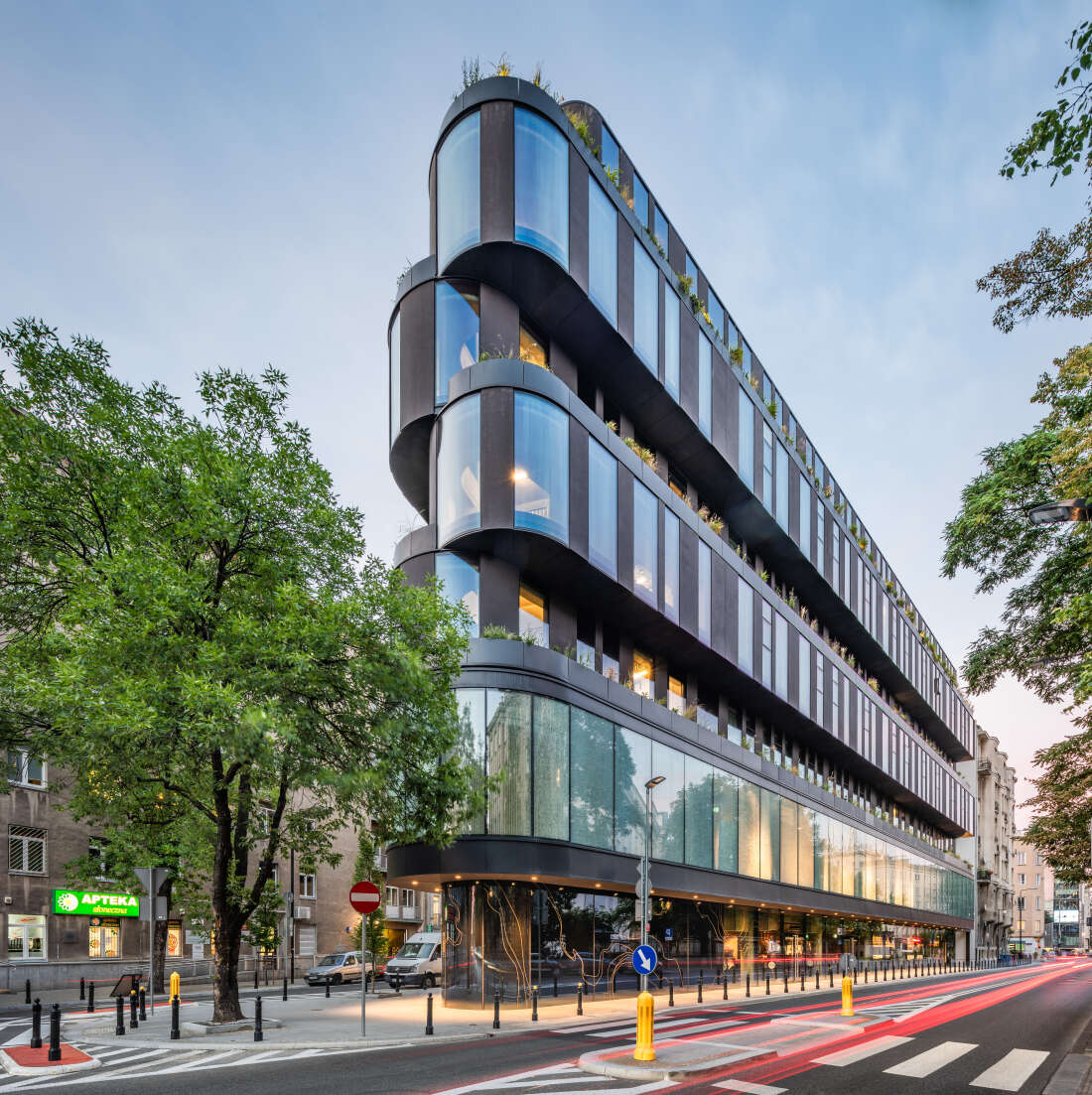Frameless windows are a symbol of modern architecture
We know full-height glazing occupying the full wall area mainly from films set in sunny California. However, the frameless windows used to achieve this effect have been in use for years in dozens of buildings all over the world. Has this trend become a symbol of modern architecture?
A brief history of frameless windows
Huge glazing areas occupying entire walls not only provide excellent light to rooms, but also give the impression of more space. The interior almost merges with what’s behind the window, which is why we get the impression that the rooms go on almost indefinitely.
However, those who think that frameless windows from floor to ceiling are a recent invention are mistaken. As the history of this trend shows, it started much earlier, in the 1930s.
It was then that the famous French architect Le Corbusier designed one of his greatest creations, the Immeuble Molitor building at 24 Nungesser et Coli street. This building, completed in 1934, was the world’s first flat block with a fully glazed façade.
Many prominent representatives of the modernist trend in architecture followed in the architect’s footsteps. It is worth mentioning, for instance, Ludwig Mies van der Rohe, the author of 860-880 Lake Shore Drive in Chicago and the Seagram Building in New York, among others, which are the prototypes of today’s skyscrapers. Also significant are the works of Richard Neutra, whose portfolio includes among other things a school project where, thanks to the use of sliding glass walls, the garden growing behind the window was an extension of the classrooms.
The large glazing area gives the buildings a light and modern, minimalist feel. This trend has become a permanent feature of commercial real estate projects, created based on glass façades that let in plenty of natural sunlight. This is not only aesthetically pleasing, but also helps to significantly reduce the building’s operating costs.

Institute of Regeneration and Repair, Edinburgh University, Edinburgh, UK. Systems used: MB-86 ST, MB-SR50N EFEKT and MB-SR50N OW.
Frameless windows and ecology
The trend of using frameless windows is almost 100 years old, but it has proven so universal that, according to many specialists in the construction industry, it has become a symbol of modern, ecological construction. This is because the use of large glazing brings with it a number of advantages that can benefit property owners and users.
The first and fundamental advantage is the aforementioned adequate amount of natural light, which reaches the rooms and perfectly illuminates the flats and workplaces. This makes it much less necessary to illuminate the interiors with artificial light, which in turn also contributes to reducing the cost of energy consumed.
The second important reason why frameless windows are an excellent choice for modern and environmentally friendly building projects is their high degree of thermal insulation. This, in turn, means that the interior of the building is even better protected against overheating or overcooling, thereby reducing the energy required to power ventilation and air-conditioning systems.
The third important element with an impact on ecology is the materials used in the production of modern window systems. These include aluminium – a strong and weather-resistant metal which allows the construction of durable window frames that can withstand even the weight of large glazing. And, most importantly, it is fully recyclable, allowing it to be used in the next construction projects years later.
Aluprof, which offers a number of narrow-profile window and door systems in its portfolio, specialises in the production of such solutions. One of them is the MB-Skyline Type R system, which makes it possible to create large-surface sliding doors for commercial properties, public buildings and private homes, among others. This solution features a very good thermal insulation coefficient, thanks to which it effectively protects against the heating of the interior in the summer months, as well as its rapid cooling on colder days. To make even better use of the thermal possibilities, the system works in synergy with Skyflow exterior blinds to provide protection from excessive sunlight.

Nobu Hotel, Warsaw, Poland. Systems used: MB-78EI, MB-86 SI, MB-Skyline, MB-SR50N EFEKT, MB-SR50N EI EFEKT, MB-SR50N OW.
Let’s build a better future
Frameless windows are a trend that has certainly established its position in modern architecture for good. This is not only due to the opportunities that glazed building façades currently provide, but also to technologies that are capable of operating effectively in the future. As part of its green building development strategy, Aluprof is testing solutions to ensure that buildings using their solutions reduce their carbon footprint until full climate neutrality is achieved. The newly introduced photovoltaic skylight, built based on the MB-SR50N EI window system, generates free energy from the sun thanks to the innovative quantum dot technology. This solution is unique in the world and may become a breakthrough on the way to a significant improvement in the energy balance of buildings.
This could mean that the diffusion of the trend using windows with minimised frames will contribute to the even more efficient construction of energy self-sufficient commercial and private buildings. And this, in turn, will have a considerable impact on slowing down the climate change we currently face.
